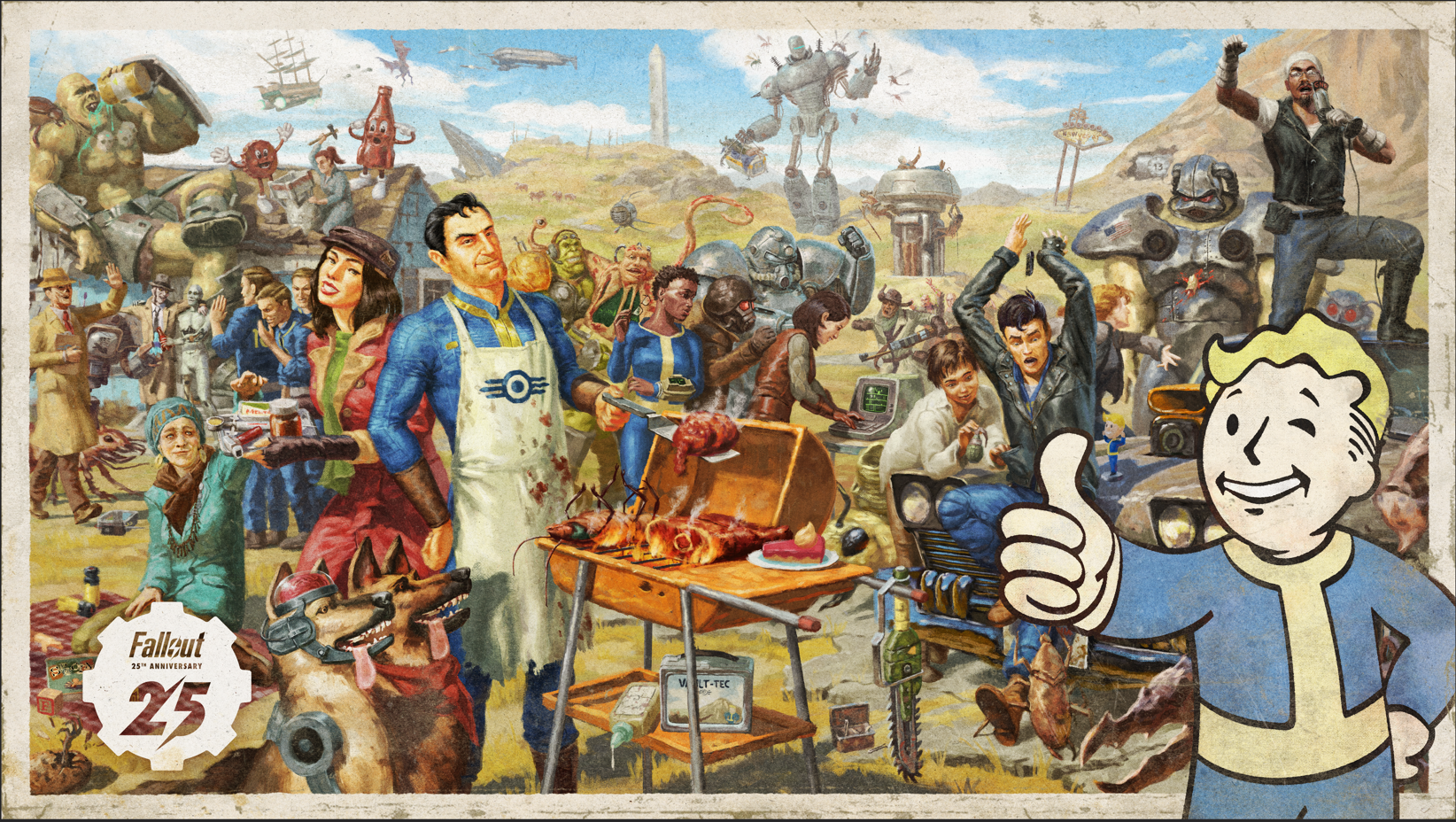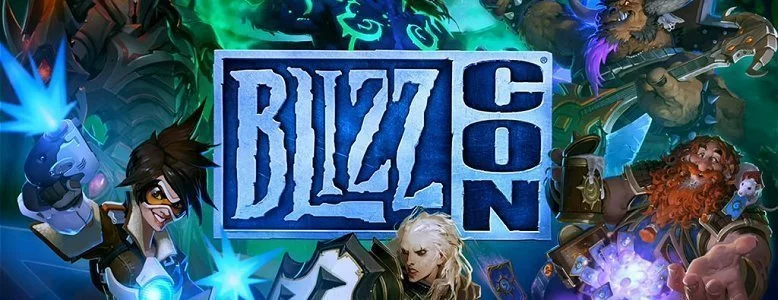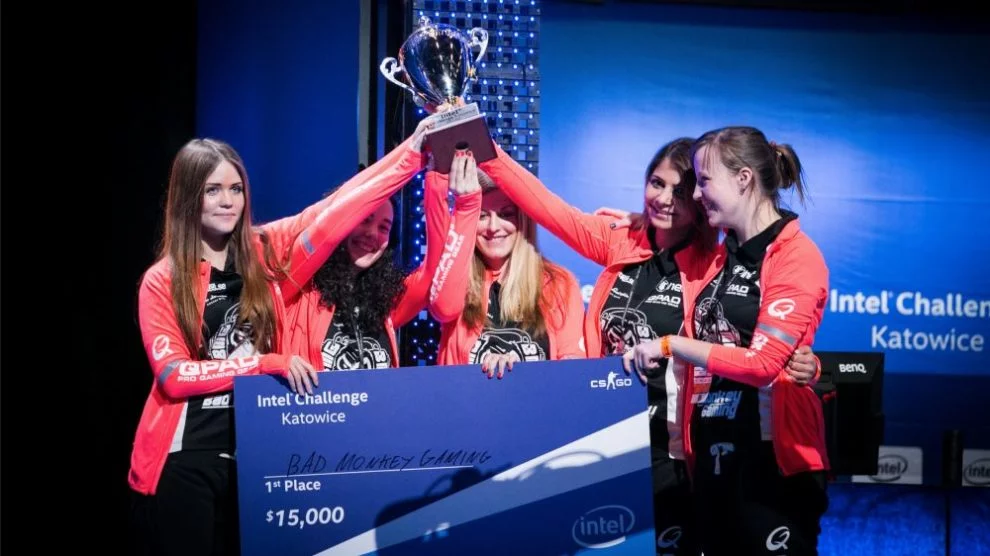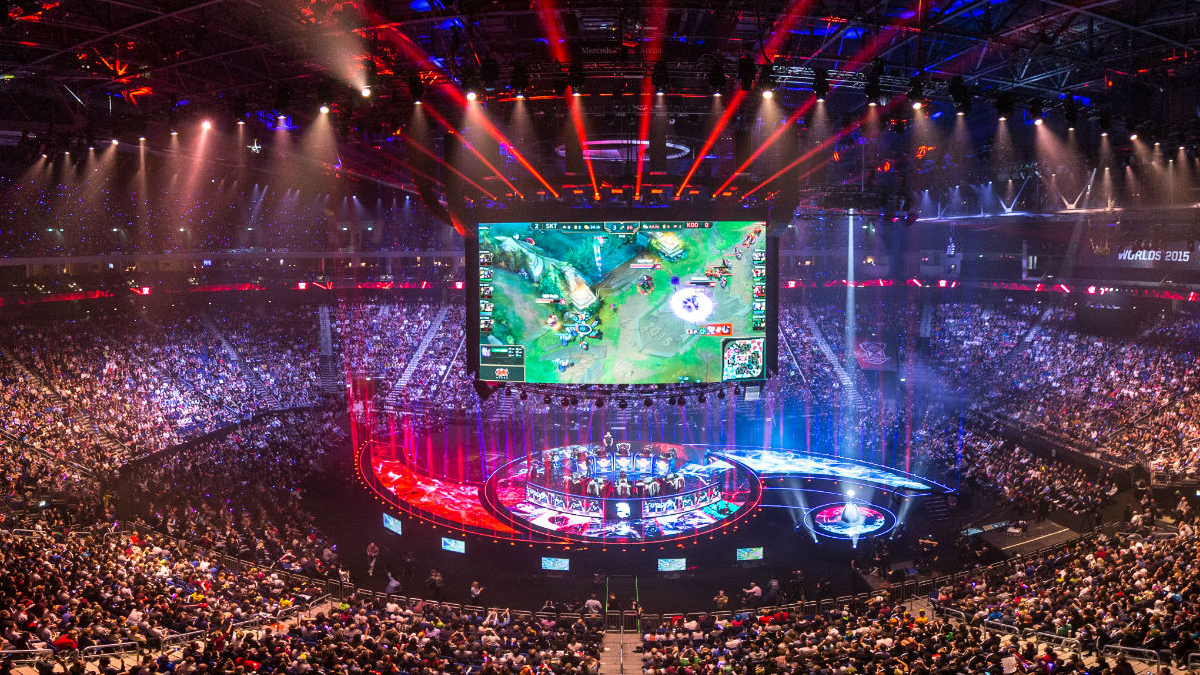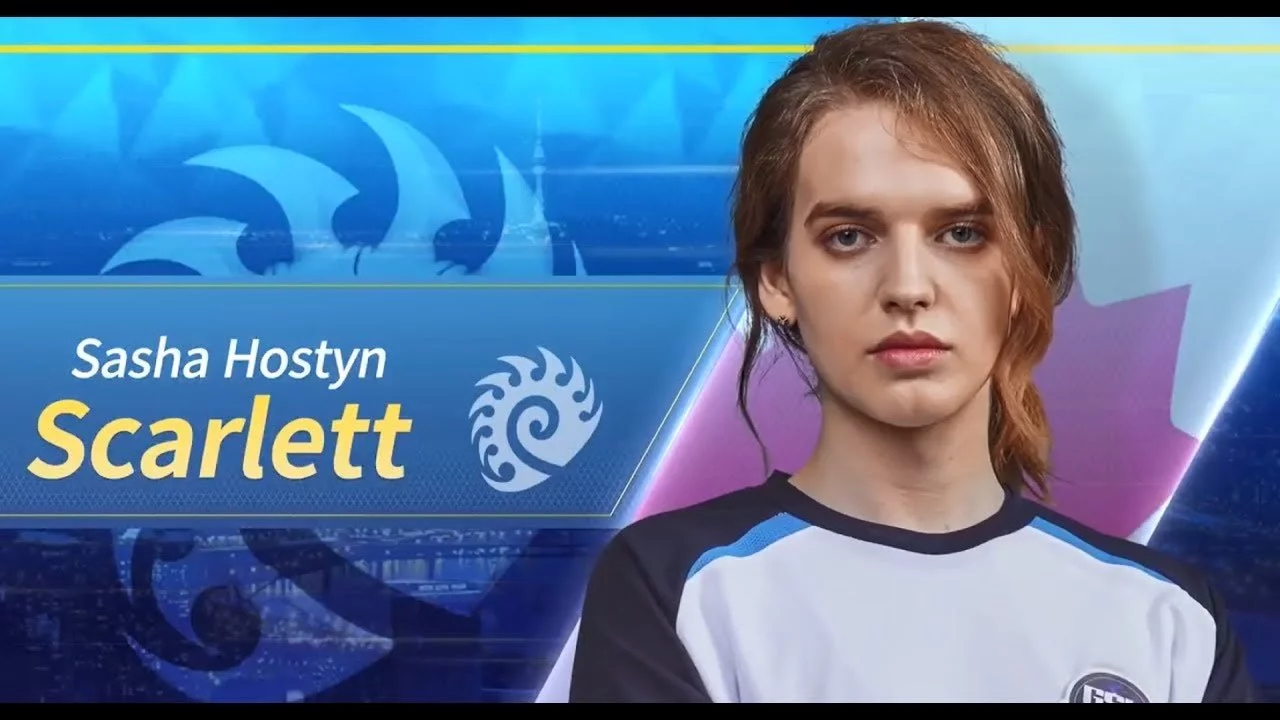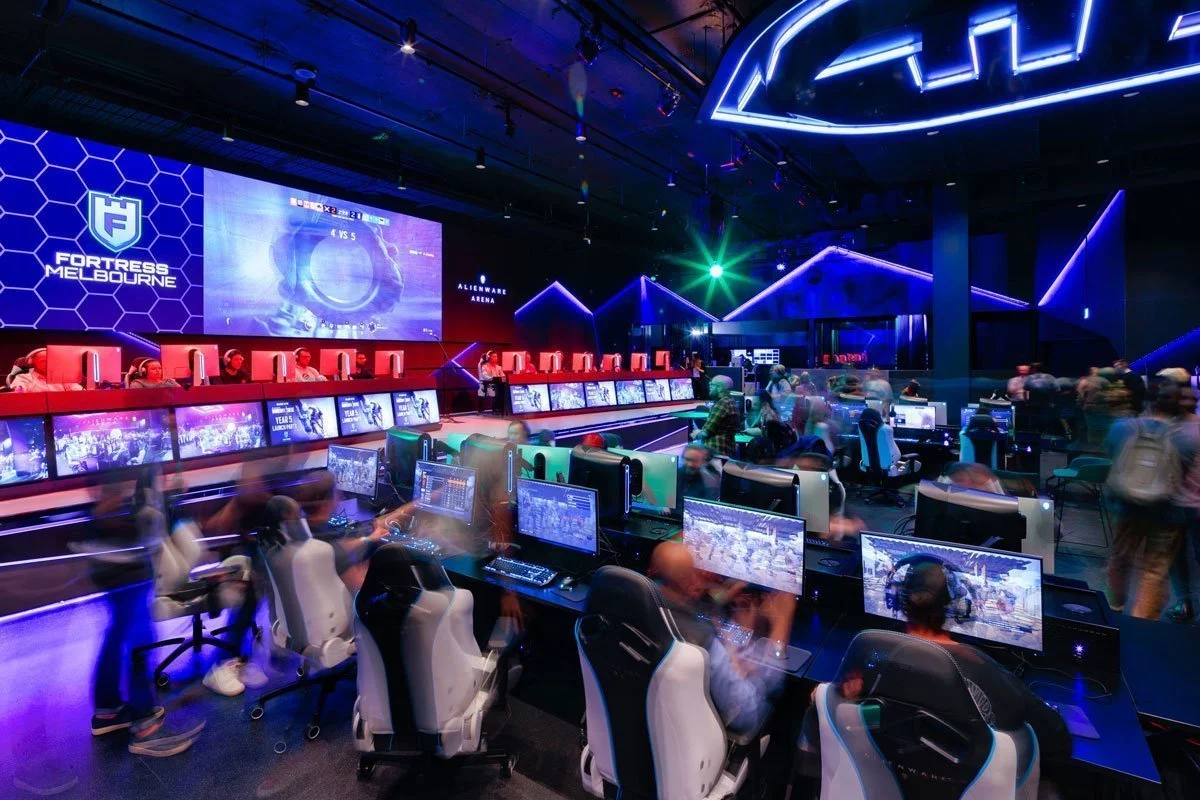There’s never been a better or more exciting time for Esports than right now. As every year passes, the number of events, attendance and prize pools continues to surpass previous years and competitive gaming continues to become more of a mainstream offering, further solidifying its success in the world today.
Another thing that has started to become more common are the introductions of female-onlyleagues and tournaments and along with it, questions surrounding the importance of them or if they’re even needed. Two common arguments raised frequently are:
- If women have their own leagues and tournaments, then why don’t men?
- If women were good enough, they’d already be playing as professionals.
Like most things in life, matters such as these are never that simple; the reality of the situation is a little more complex. With that in mind let’s jump into this issue and explore the reasons that initiatives such as these are quite important and will, in the end, truly benefit the Esports industry, making it bigger and better than it’s ever been!
Numbers don’t lie
Firstly, let’s address the need or want for tournaments or leagues that only allow men. You really don’t have to look too hard to realise that we already have them. League of Legends, DOTA 2 and Overwatch are all primarily populated by males. This is not suggesting that organisers and players alike are actively trying to keep women out of these scenes, it’s likely more that competitive gaming has developed organically to this point. As a direct result of how this has evolved over many years, competitive gaming is culturally viewed as something that guys mostly do.
As for the skill of women in Esports, we can look to players like Sasha ‘Scarlett’ Hostyn (below), a very successful StarCraft 2 professional gamer. That said, players like her generally tend to be the exception rather than the norm, so let’s explore why.
The Overwatch League is a prime example. Out of its 40 million active players, Overwatch has (as of last year) 5 million active female players. The competitive scene of any game is always a much smaller percentage of that total number of players; those that make it to a professional level are yet again another extremely small subset of that number.
For example, Overwatch League Season 2 had 186 players and if we include the 70 teams in Overwatch Contenders, that number goes up to roughly 746. You don’t need to be a math genius to figure out how small that number is — before you even get to a Contenders level of professional gaming, you’re talking about 0.001865% of the total player base. Those chances for professional female players go down even further when you’re only 12.5% of that initial number to begin with — you’re at a statistical disadvantage before you even start.
So why bother?
Female representation in a mixed-gender league is difficult, so the need for female-only leagues are necessary to create an inclusive environment. In short, the more women who play and compete in competitive gaming, the better the industry is as a whole.
The clear aim of a female-only league, or even female-only tournaments, is to create a culture where women aren’t seen as an exception to the rule in professional , but rather as players who have every right to be there. It’s to remove the perception and isolation of being seen as a niche, which will in turn encourage other women to turn to Esports — it’s as much for them as for everyone else. Over time these scenes will continue to grow, and they’ll naturally feed into the larger Esports organisations. If we use our Overwatch numbers as a direct example, that 12.5% will grow larger and will simply add to its overall active player numbers.
With larger numbers and a more diverse group of people playing and participating, it will only benefit the industry with better revenue in terms from players and sponsors alike. This was never about women or men winning — it’s about Esports winning.
Building that future together, for everyone
If I may don my rose-coloured glasses for a moment, I’ve always believed that Esports could be a great unifier for people everywhere, regardless of our different walks of life. It can be a stage where we can all compete on a level playing field, as equals, whilst having a cheering fanbase getting hype. It would be nice if I could honestly say that having female only leagues are unnecessary, and I’ll be one of the first to say so if the numbers back it up. Sadly, that day is not today, and we don’t know how soon that will ever happen.
The change is already in the air — at the time of writing this, it not uncommon for Esports events such as the Melbourne Esports Open and IEM Sydney to run female-only tournaments as part of their show and initiatives like Girl Gamer Sydney Festival are also pushing this initiative. The end goal isn’t just to have these sorts of tournaments side by side, it’s about having a good balance in general.
If we continue to let things develop as they are, we’ll never get there — sometimes things need a push in the right direction. When that end goal benefits all of us, why shouldn’t that be our goal? Esports in general has had many helpful nudges to get where it is today; despite the condescending attitudes of many out there laughing at the notion that video games can be a professional outlet, communities and players all around the world have made it a reality. We’ll eventually get there, together, and it’ll be better than everything that came before it.
This article may contain affiliate links, meaning we could earn a small commission if you click-through and make a purchase. Stevivor is an independent outlet and our journalism is in no way influenced by any advertiser or commercial initiative.


